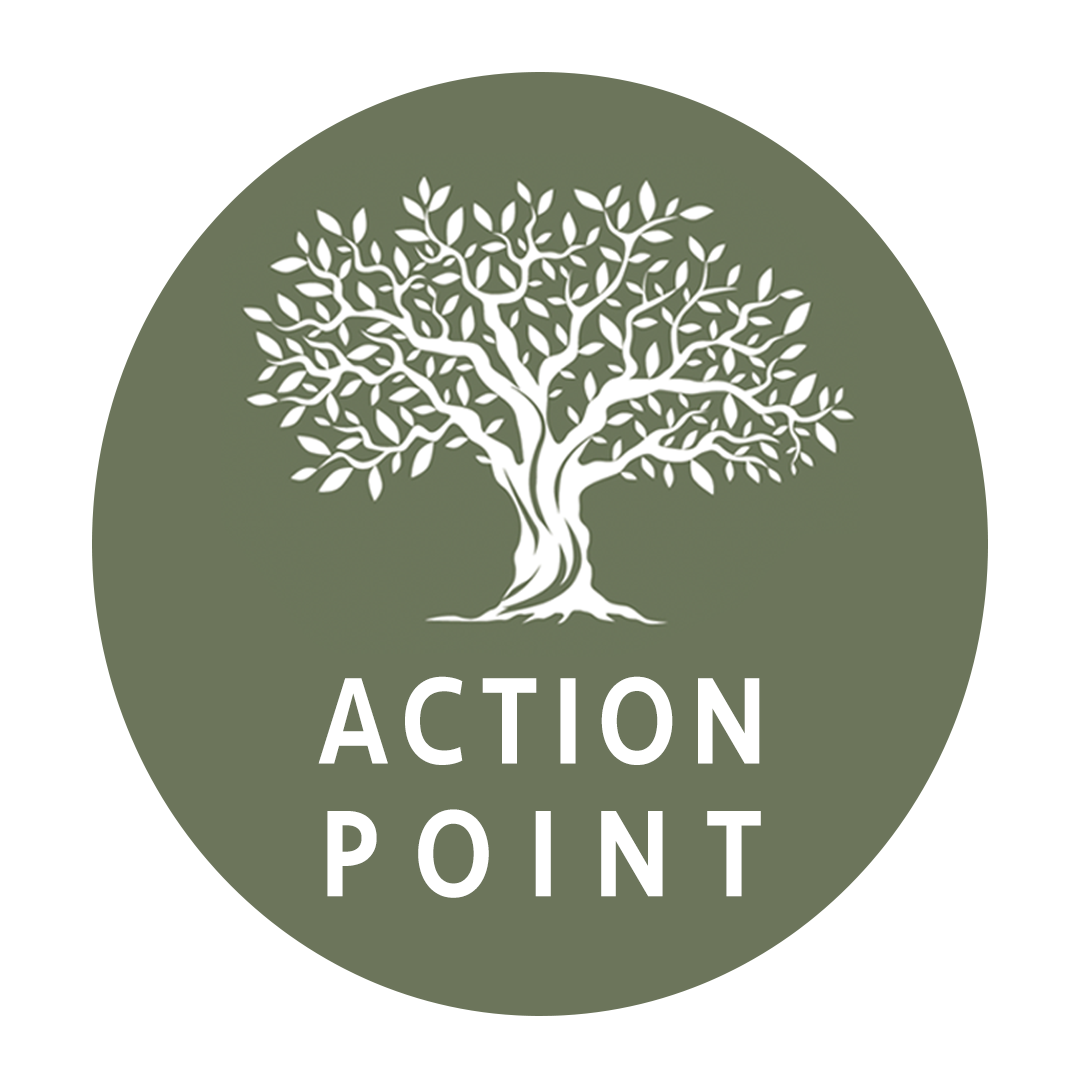In this segment of physical therapy content I would like to discuss shoulder pain including screening, evaluation, diagnosis, and treatment. Shoulder pain can occur for many different reasons. It can be caused by trauma from an impact, including sports collisions, falls, motor vehicle accidents, etc. It can also be caused by lifting and movement injuries that cause immediate trauma to the soft tissues (muscle, tendon, ligament). Chronic conditions that cause shoulder pain can be associated with overuse injuries, poor posture, “wear and tear” related to past injuries and the resultant gradual breakdown of joint structures, or some combination of these 3 situations.
The type of injury that has led to your shoulder pain will have an impact on the type and progression of treatment that is provided during your rehabilitation. An acute trauma may require an x-ray or other form of imaging in order to rule out a fracture or other major injury that will need to be immobilized to allow healing prior to any rehabilitation exercises being performed. Once any fractures or soft tissue injuries have healed adequately, then the introduction of gentle stretching and strengthening exercises can begin and progressed as appropriate, as well as functional activities (those activities that mimic the movements that you perform during your typical day at work or home).
A soft tissue injury from lifting, reaching, or other movement may also require full or relative immobilization initially in order to allow healing to take place prior to rehab exercises. In many cases, soft tissue injuries are able to be managed with the application of the PRICE (Protection, Rest, Ice, Compression, Elevation) protocol initially during the acute stage (0-4 days but could be longer if signs/symptoms of inflammation persist), followed by a gradual re-introduction and progression of rehabilitation exercises.
Shoulder pain from a more chronic (long-term) condition will also likely require relative rest and the PRICE protocol in order for any pain and inflammation to decrease, along with a progression from light stretching and strengthening exercises to more intense exercises and the performance of functional activities.
Regardless of the type of injury or the cause, your body will respond to an APPROPRIATE rehabilitation program by increasing ROM, strength, and function of the involved regions. If strength, ROM, or function digresses as a result of overwork or progressing too quickly through a rehab program, then the program should return to the previous stage of the rehab protocol until the next phase of the protocol can be performed without a significant increase in pain or inflammation, or a decrease in strength, ROM, or function. This is the way to ensure that the rehabilitation protocol will progress without re-injury.
Muscular injuries (like rotator cuff or biceps tears/strains) are more likely when performing a motion yourself is painful, however when someone else moves your arm for you while you are relaxed it does not hurt. This is because the pain is only present when the muscle is contracting and is pulling on the injured muscle tissue.
Injury to the labrum (the cartilaginous ring surrounding your shoulder socket to make it deeper) is more likely to result in popping or clicking with arm movement and is usually painful whether or not your arm is moving actively (using your shoulder muscles) or passively (shoulder muscles are relaxed).
An injury to the AC joint can also result in pain and popping/clicking, especially with overhead motions like a military press.
Shoulder pain can also be a result of impingement of the soft tissue structures of the shoulder, including the rotator cuff complex (the rotator cuff is actually a group of 4 muscles in the shoulder responsible for static and dynamic stability), one of the 2 biceps tendons (the long head and the short head), and others. Impingement injuries are commonly a result of poor posture and scapular positioning which results in friction on the soft tissues with movement that breaks them down. This can be resolved with postural training and and exercise program that promotes ideal joint positioning and biomechanics.
Many cases of shoulder pain and dysfunction can also be related to arthritis and other degenerative process that occurs gradually as we age. Some people develop this faster than others as a result of genetic, dietary, and lifestyle factors. Regardless of the reason for its development, arthritis and degeneration of the shoulder complex can permanently alter the bony and soft tissue structures. In many cases strength, ROM, and functional exercises are beneficial, and will improve a person’s ability to use the affected extremity.
I hope you have enjoyed this general overview of types of shoulder injuries and their signs and symptoms. If you have a new or chronic shoulder injury, I suggest the help of an orthopedic physical therapist as they will likely be able to help you return to the activities you enjoy!
